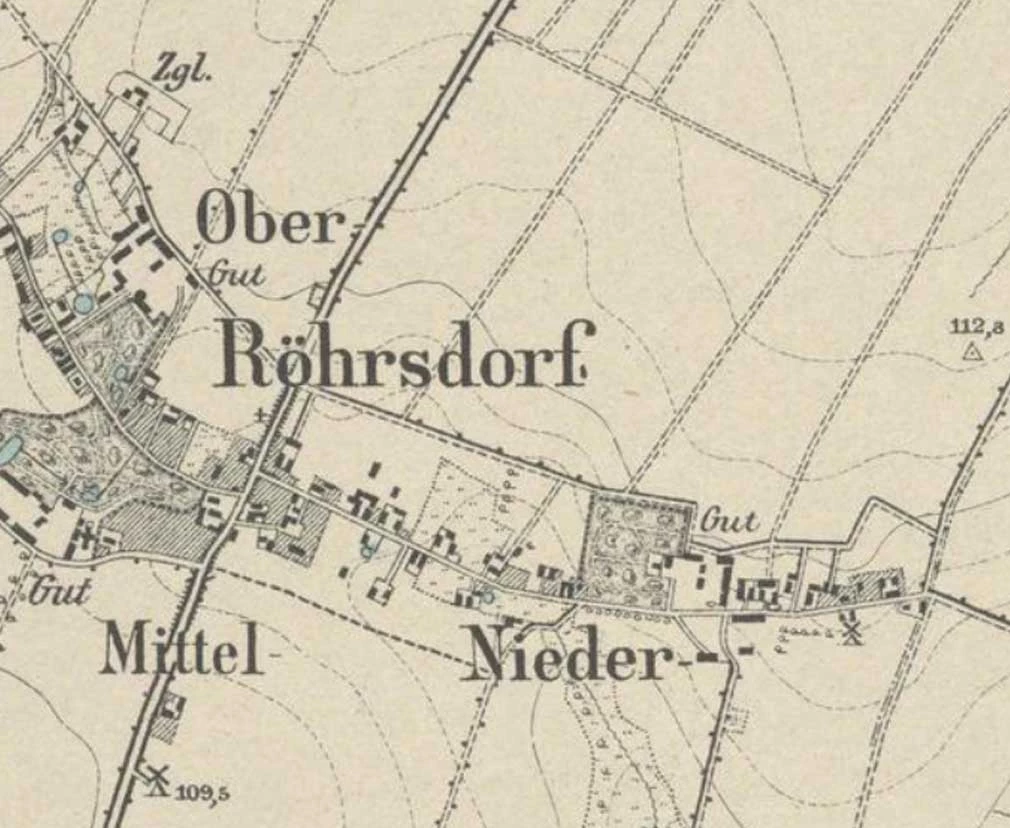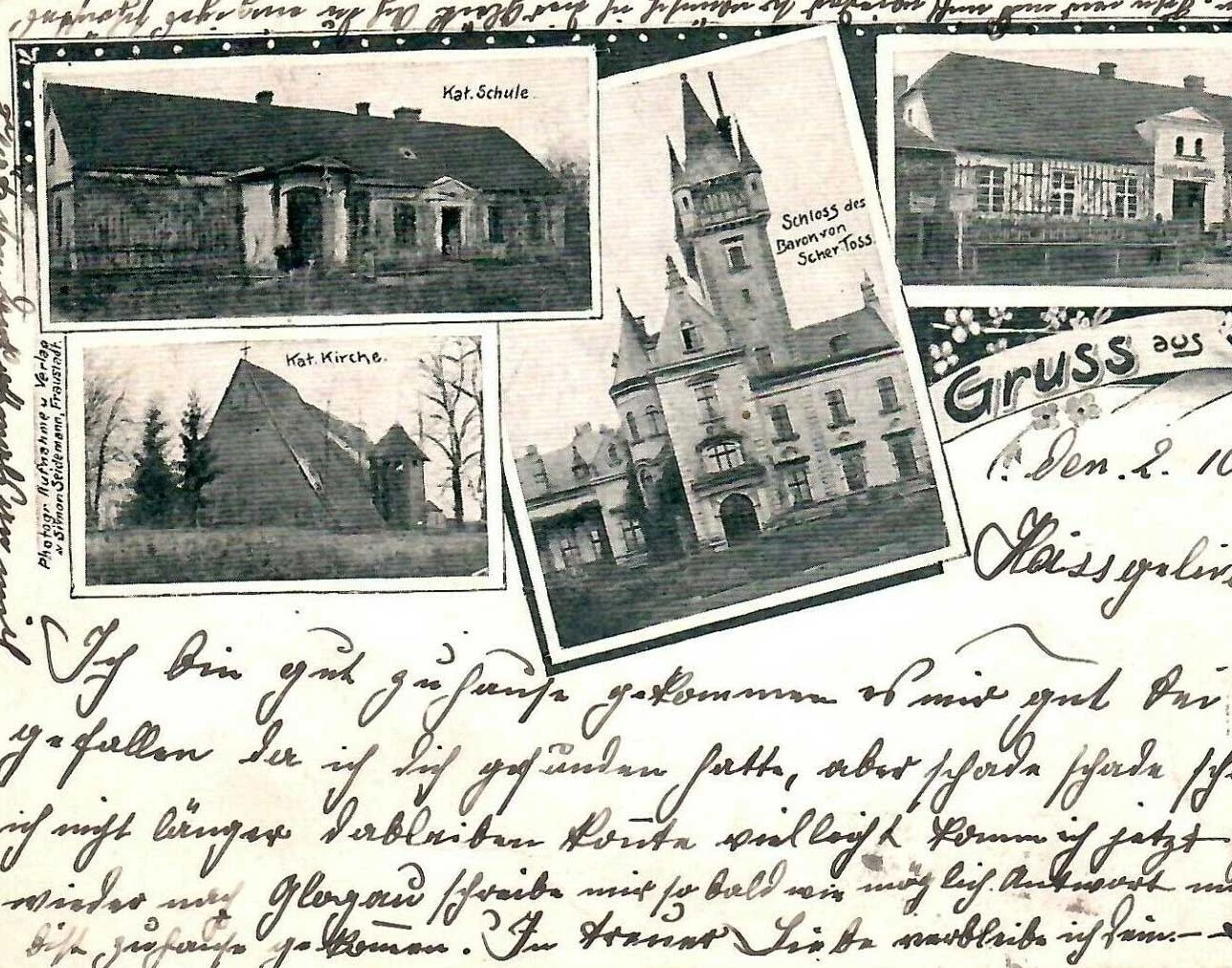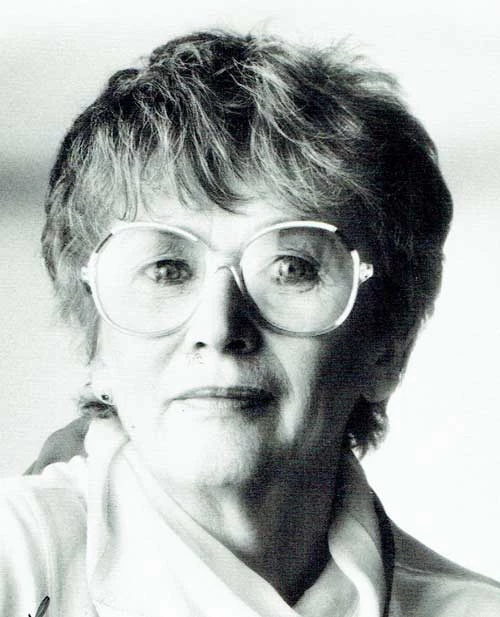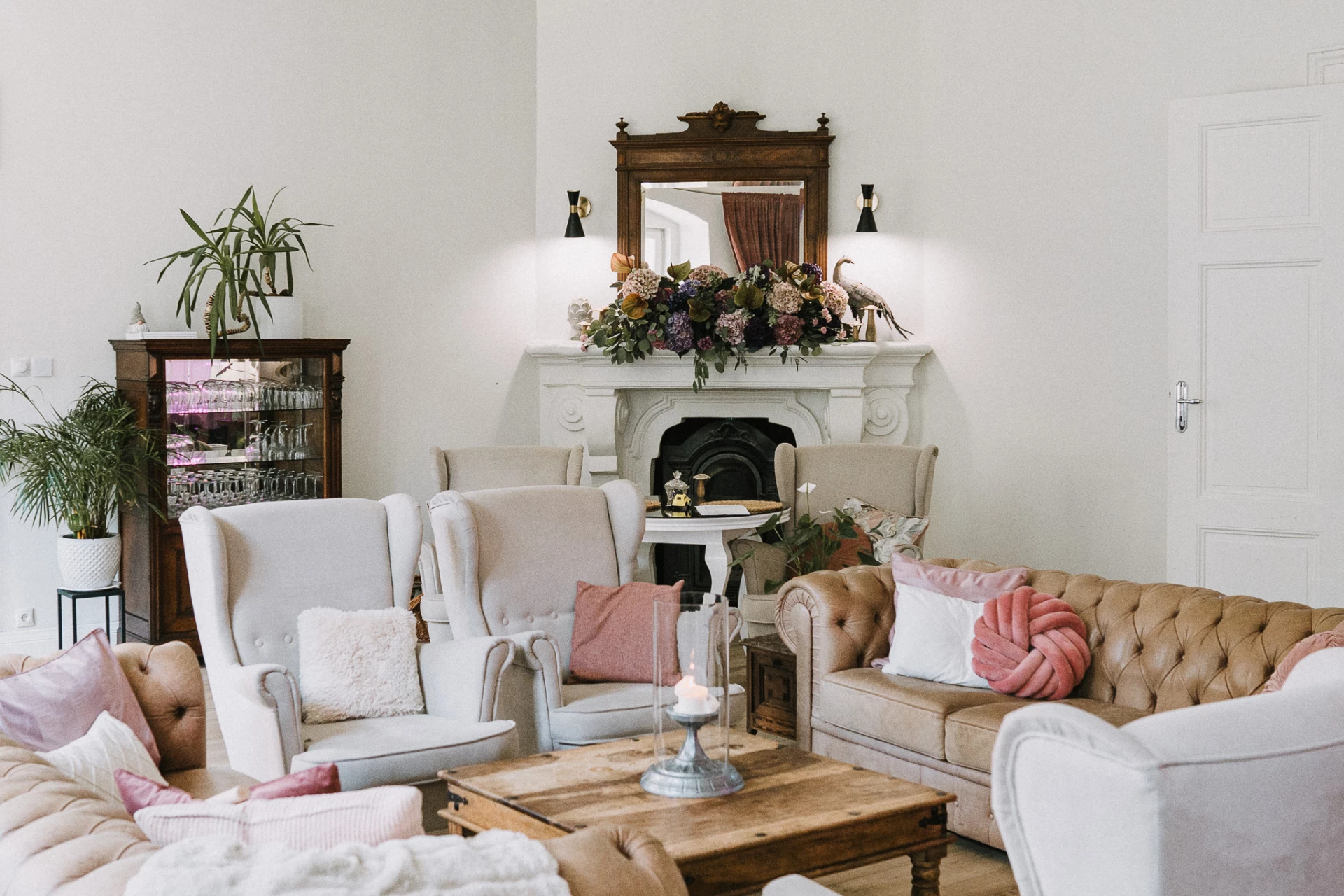Osowa Sień: A Village Steeped in History

First documented in 1312
Osowa Sień (with its earliest recorded name Ryegstroph in 1312, later evolving through various forms such as Rudegeri villa in 1325 and Ossowa Schen in 1416, and known as Röhrsdorf during the Prussian era) has a rich history deeply rooted in the regions of Lower Silesia and Greater Poland.
It was initially a knight's domain granted by Duke Henry II of Głogów and Greater Poland to Dytmar of Pannewitz. The Ossowski family, associated with the German-Polish Awstacz coat of arms, became prominent landholders here and played a significant role in shaping the village’s development. They are believed to have lent their name to the area, Osowa Sień, which some interpret as "home under the aspens," reflecting their enduring connection to this land.
Step by Step, a Story of Revival
Today, the village blends historic and modern buildings, including two restored classicist manors and our castle. All three are private residences, though the castle opens its doors to overnight guests, offering a unique stay that feels like a home away from home.
The village's oldest structure, a Gothic church from the 1300s, features 16th-century epitaph plates with the Ossowski crest. Stone and brick stables and cottages also contribute to Osowa Sień’s rich architectural heritage.
Rumors persist of a hidden tunnel linking the castle to the church's side altar, believed to date back to the Ossowski era, with only remnants remaining within the church’s structure.
But this isn’t the only story circulating in the village…




